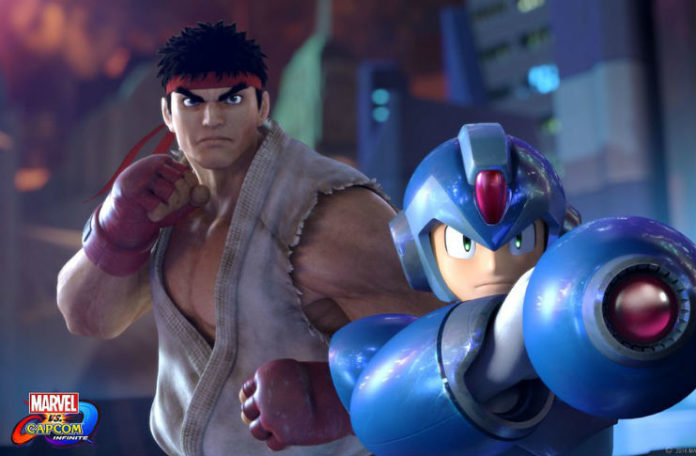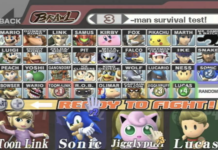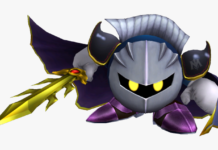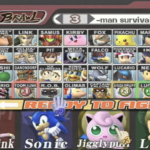Marvel vs. Capcom is an infamous fighting game franchise; fighting with the all-stars of the Marvel and Capcom universes alone would make for an appealing game, but the fast-paced style and combos that involve switching characters in and out to continue them has made for a classic, unique style of fighting game; so much so that EVO has decided to bring back Marvel vs. Capcom 2 for an invitational tournament.
But Marvel vs. Capcom: Infinite, released in 2017, has noticeably faded into obscurity. Capcom decided to try some new things to make the Marvel vs. Capcom franchise more accessible to new players. Ultimately, some of their decisions, as well as how they executed them, led to the game having a lukewarm reception, as well as selling far below what they expect.
So, what happened to Marvel vs. Capcom: Infinite?
What Happened To Marvel vs. Capcom: Infinite?
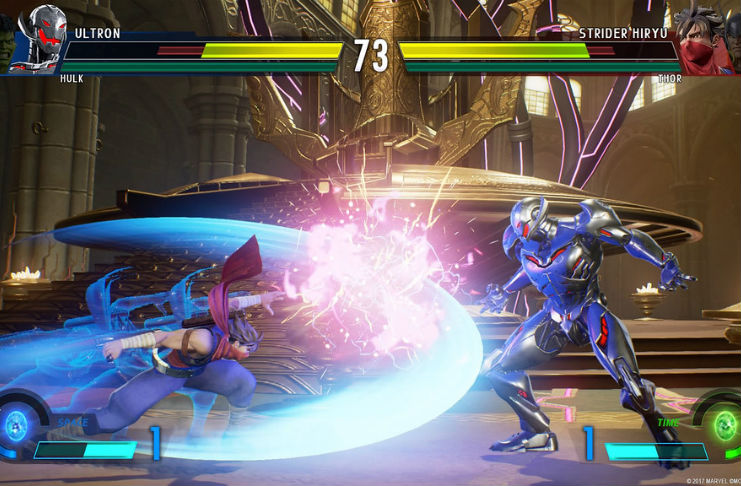
Game Mechanics Being Changed
The biggest changes to gameplay for Infinite were the removal of character assist moves and the switching of the 3 vs. 3 format to 2 vs. 2. These had been staples of the franchise for a long time and is credited as a reason that the hardcore fanbase didn’t take to Infinite’s new style of play; the game resembled Street Fighter X Tekken more than the unique flavor that the Marvel vs. Capcom series had become known for.
Graphics And Presentation
The cinematic art style for Infinite was not well received by fans; while games such as Injustice 2 had shown that more realistic-style graphics could work with a fighting game, the animation and effects used in Infinite ranged from wonky to downright ugly. The highly-stylized art style that helped shape the identity of the Marvel vs. Capcom series was lost in an attempt to make a more cinematic experience.
Bad Marketing And Content
The gameplay changes and art style had fans concerned, and the marketing of the game did very little to address these concerns. Capcom and Marvel focused on promoting the story mode (which was criticized by fans for bad writing and animation) and the character trailers were lackluster at best.
The amount of new content in the game was also underwhelming; at launch only four new characters were available to be used, and fans felt like the roster resembled Ultimate Marvel vs. Capcom 3 too much. There was DLC to introduce more characters, but this was also criticized since it was announced on the day of the game’s release, and these characters were featured in the story mode; fans felt like Capcom and Marvel could’ve done more to include more new, original content.
Poor Support And Tough Competition
After being left off the EVO 2018 lineup and the Capcom 2018 Pro Tour, Marvel vs. Capcom: Infinite was essentially finished as a large-scale competitive game.; the second season of extra content seemed to vanish without a word from Capcom or Marvel.
Perhaps the biggest reason for Infinite’s flop was the tough competition; Tekken 7 and Injustice 2 were too extremely popular fighting games that were still relatively fresh on the market. Also, only a few months after Infinite’s release, DragonBall FighterZ was released to huge acclaim, and many fans felt that DragonBall did a much better job at capturing the spirit of the Marvel vs. Capcom gameplay than Infinite had.
Maybe Marvel vs. Capcom 2’s appearance at EVO in 2020 will rejuvenate interest in the series again, and Capcom and Marvel will try to recapture the original glory of the franchise. Certainly, Marvel vs. Capcom: Infinite is a learning lesson to not stray too far from the formula.


